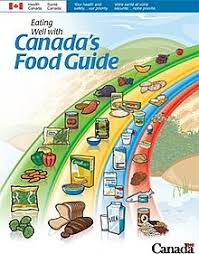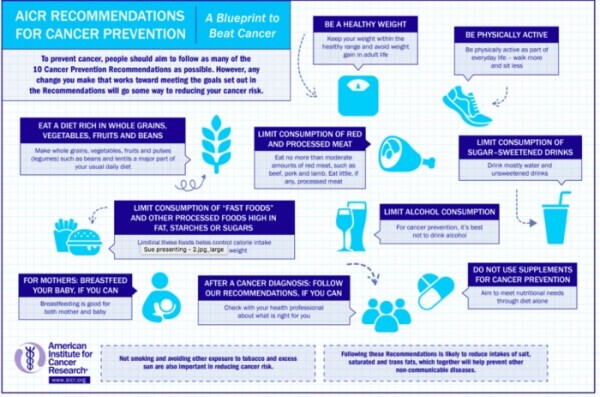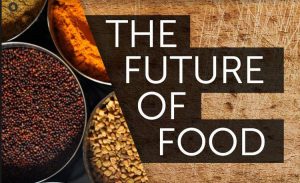
Food is essential and unites us all. You may have some questions about how to eat, prepare and shop for food during these uncertain times. Here are top five COVID-19 related food and nutrition Questions and Answers to help you manage. Dietitians are registered health professionals who translate the science to deliver reliable life-changing advice. What’s your food and nutrition question? Send them to us here or via social media Twitter/Instagram @Nutrition4NonN
- Q 1: Can I get sick with COVID-19 from touching food or food packaging?
A: Currently there is no evidence of food or food packaging being associated with transmission of COVID-19. Like other viruses, it is possible that the virus that causes COVID-19 can survive on surfaces or objects. For that reason, please be mindful when shopping. If you touch it you buy it! Also continue to follow general food safety advice including these:
-
- Wash hands thoroughly after handling shopping bags and before preparing food.
- Clean food preparation surfaces with soap and water.
- Wash fresh food well before eating it, especially if you eat the skin and are not cooking it.
- Cook meat thoroughly and separate cooked and uncooked foods.
- Refrigerate cooked food within 2 hours and at eat leftovers within 3 days or put in freezer for later use.
- Q 2: Can I boost my immune system through my diet?
A: Simply put, you cannot “boost” your immune system through diet, and no specific food or supplement will prevent you catching COVID-19/Coronavirus. Good hygiene practice remains the best means of avoiding infection. Many nutrients are involved in the workings of a healthy immune system and dietary recommendations are to eat a variety of healthy foods each day to support the body’s immune function. - Q 3: Can eating garlic help prevent infection?
A: Garlic is a healthy food that may have some antimicrobial properties, however, there is NO evidence that garlic protects people from COVID19 infection.
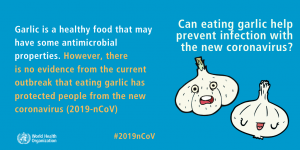
- Q4: How do I wash my hands properly?
A: With soap and water (warm and cold are both OK). Take your time…20 seconds and use the WHO approved techniques shown in this image:
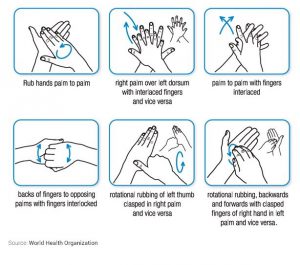
- Q 5: What could I do to prepare for Covid-19 food-wise?
At this time, it makes sense to stock up on non-perishable food items so that you do not need to go shopping if you become sick, but avoid panic buying. Add a few extra items with a long shelf life to your grocery cart that are easy-to-prepare foods you already enjoy.
-
- Veggies & Fruit – any of fresh, frozen, canned are OK. Fresh carrots, potatoes, onions, squash, beets and cabbage tend to last longer at room temperature.
- Grains – dried pasta, rice, oatmeal, popcorn
- Protein – canned or dried beans, canned fish, meat, powdered milk or shelf stable milk alternatives.
- Ready to eat, heat and serve foods are OK. Veggie soups, ready to eat frozen meals can help fill the gap.
- You can still ENJOY your meals; COOK more often, EAT TOGETHER in your home as much as possible while practicing social distancing.
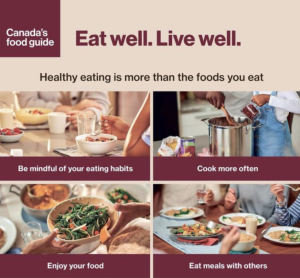
Keep well and remember it is important to get information from credible, trustworthy sources during this time. Dietitians are regulated health professionals committed to providing evidence-based advice and information that is tailored to your personal needs and challenges. For the latest and most up-to-date information on COVID-19, visit Health Canada at www.canada.ca/coronavirus








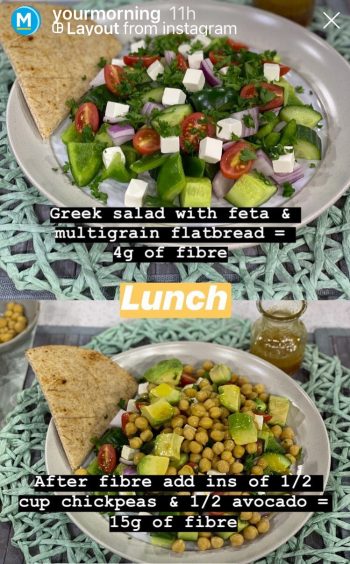


 8 out of 10 Canadians rate their eating habits as good to excellent (43% good, 28% very good, 8% excellent). This represents very little change from the last TNT survey in 2015.
8 out of 10 Canadians rate their eating habits as good to excellent (43% good, 28% very good, 8% excellent). This represents very little change from the last TNT survey in 2015.
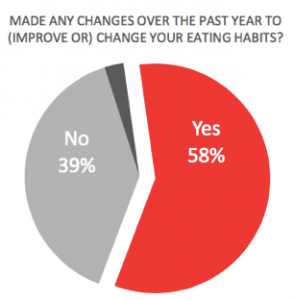


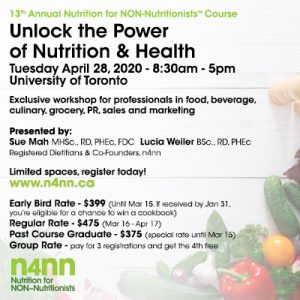
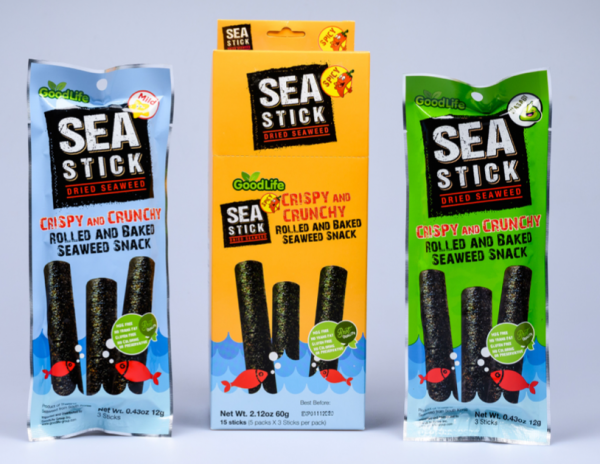



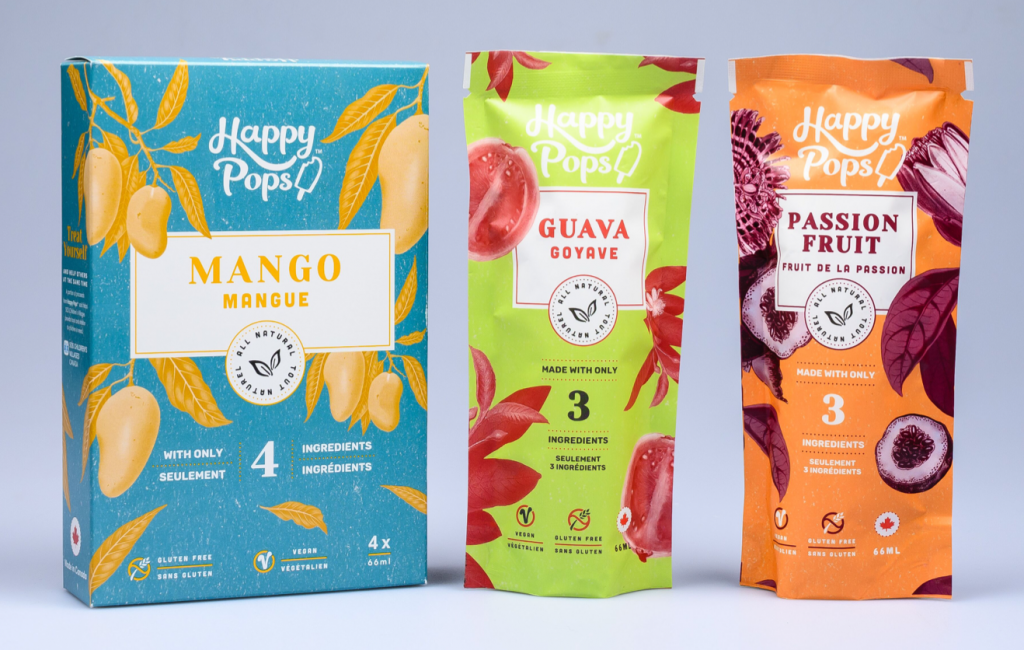
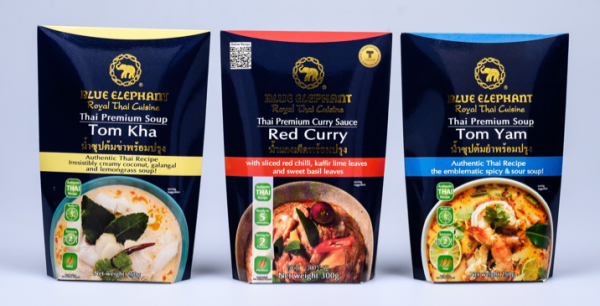
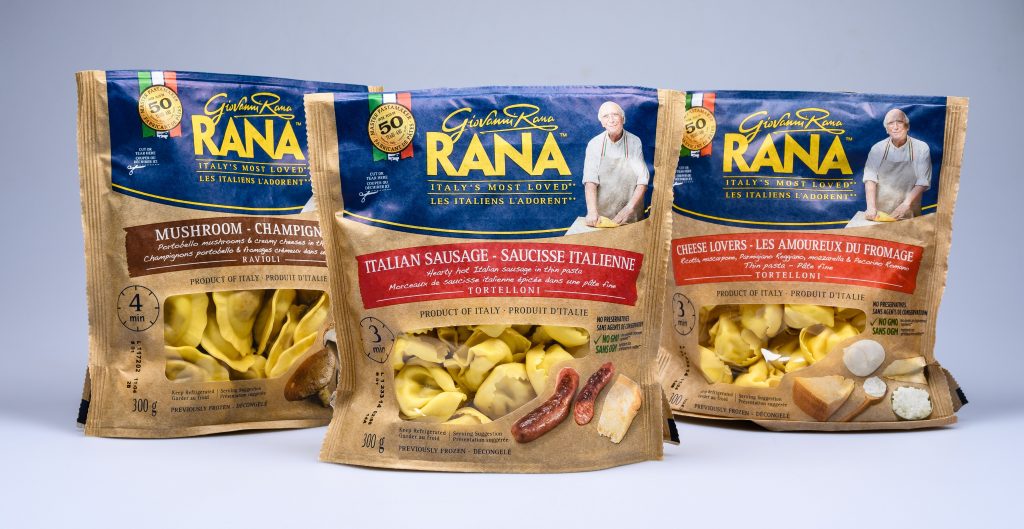

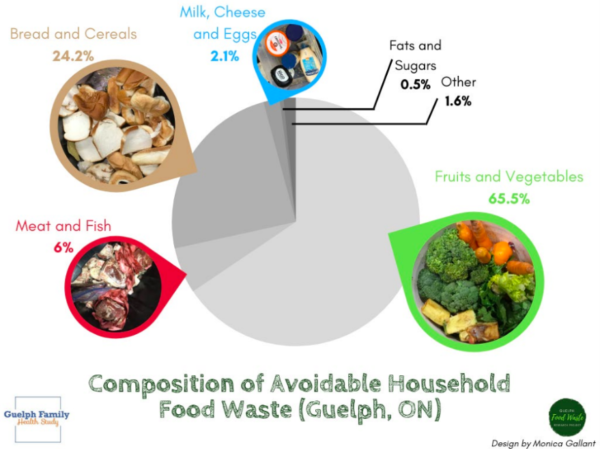
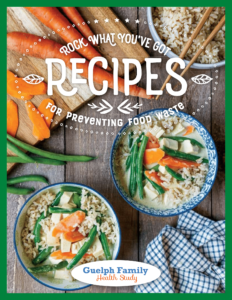


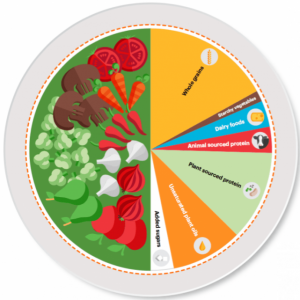
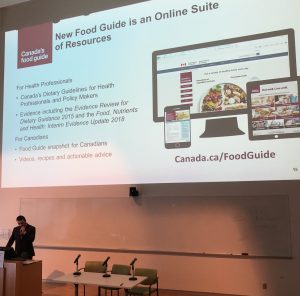


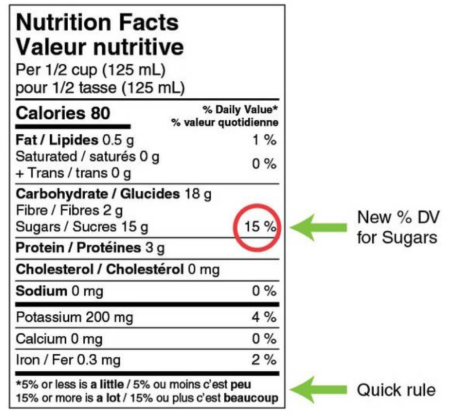
 Lucia Weiler, RD, PHEc.
Lucia Weiler, RD, PHEc.
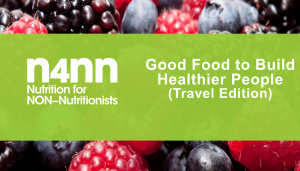

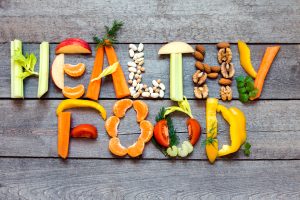

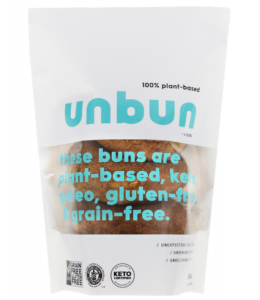

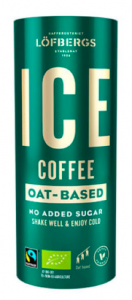





















 Do you love food and care about how it’s grown, handled and brought to market? We do! As part of staying on top of emerging trends and new research we joined experts in food and nutrition to engage in conversation at the Royal Winter Fair Food and Nutrition Forum. As a Registered Dietitian, Lucia was invited to welcome delegates to a day of learning, getting ‘agricultured’ and celebrating the power of farming, food and nutrition. Inspiring speakers included professors, farmers, authors, dietitians and home economists. Working hand in hand, our passion for wellness and good food united us all!
Do you love food and care about how it’s grown, handled and brought to market? We do! As part of staying on top of emerging trends and new research we joined experts in food and nutrition to engage in conversation at the Royal Winter Fair Food and Nutrition Forum. As a Registered Dietitian, Lucia was invited to welcome delegates to a day of learning, getting ‘agricultured’ and celebrating the power of farming, food and nutrition. Inspiring speakers included professors, farmers, authors, dietitians and home economists. Working hand in hand, our passion for wellness and good food united us all!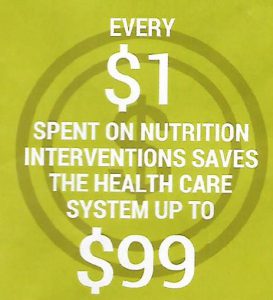
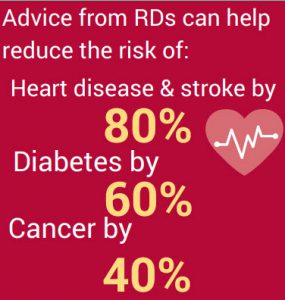

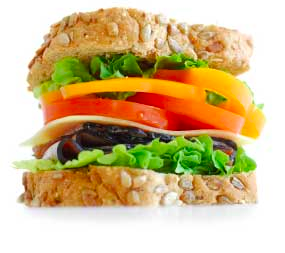
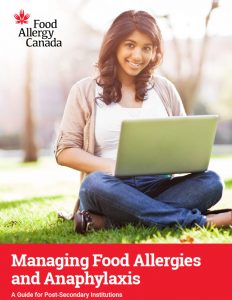 Concerned about food allergy? It can be deadly and is something we all need to be more aware of. Students with food allergies are particularly vulnerable as they start college or university because of the big transition to more independent eating and living.
Concerned about food allergy? It can be deadly and is something we all need to be more aware of. Students with food allergies are particularly vulnerable as they start college or university because of the big transition to more independent eating and living.

